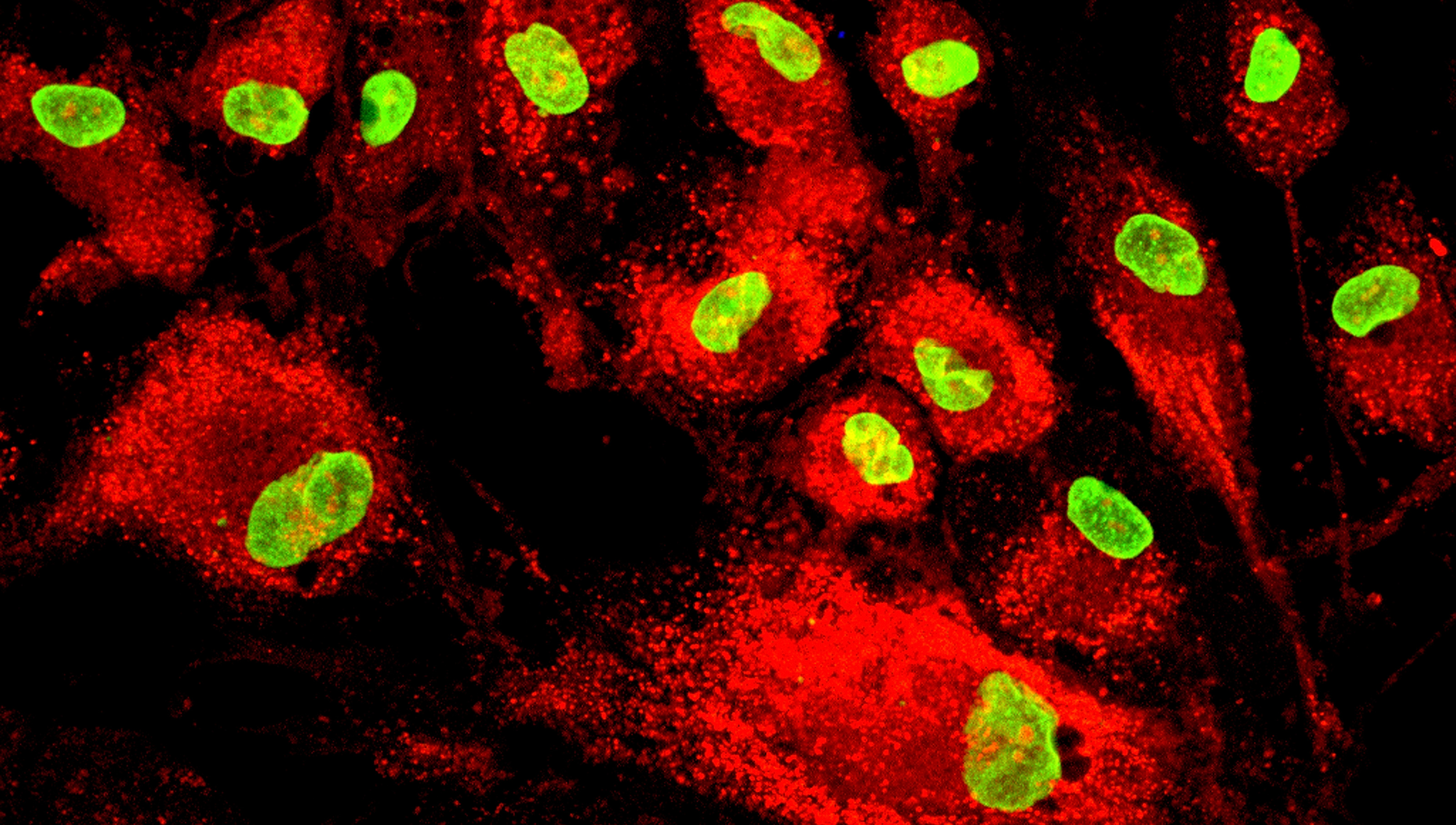Stem Cells Don’t Make Cartilage
Stem cell-based therapies, in which the body’s own cells are stimulated to contribute to the repair process, are enormously promising in all areas of medicine, including articular cartilage regeneration. Yet our understanding of stem cells continues to evolve. Many thought, and some advertise, that stem cells alone are able to make new cartilage and cure arthritis. However, the senior scientist, Arnold Caplan PhD., who popularized the theory that bone marrow stem cells are the precursors to all tissues, now points to a new understanding of how stem cells work. He calls them Medicinal Signaling Cells. Here is the current thinking.

Stem cells live on the walls of blood vessels. The more vessels, the more cells, so fat has the most. Bone marrow is also an excellent source. At the time of an injury to a joint or an insult to the body, such as an infection, the cells are called into action. Once activated they divide into one clone of themselves and one progenitor cell which migrates to the site of injury, releases growth factors, antibiotics, and other proteins and factors necessary for repair.
The cells are so powerful that, together with the normal immune system cells, the drugs they release kill most invading bacteria long before the host feels a reaction. Examples of these antibiotic-like proteins are called “defensins” which live in your mouth, and protect you from all the nasty bugs that your hands contaminate your food with, and from your dog’s unexpected mouth-to-mouth kiss.
When bones break, or ligaments tear, the progenitor cells release the anabolic factors that kick off the healing response. They stay around or recruit their friends to release other factors sequentially in the healing process; one factor is specific to taking away the broken fragments and another at rebuilding the tissue. The progenitor cells are the general contractors, calling in the subs, the plumbers and painters at just the right time.
This brings us to the title, “Stem cells don’t make cartilage”. Cartilage, the surface of the bones in joints and the fibrous tissue of the meniscus, is similar to the new house, which, when injured, needs different expertise at different times. The contractor cells are called chondrocytes and fibrochondrocytes, and other friendly names. These cells produce the collagen and the sugar-loaded matrices that surround the cells, the grout between the tiles. So while stem cells are crucial to the repair of injured joints, it is only when their offspring, progenitor cells, are applied in concert with a range of healing stimuli and building blocks that they effectively solve the problems.
Dr. Stone explains how our understanding of stem cells is evolving
In orthopedics, while injecting growth factors, cytokines and lubricants often helps, just injections alone simply are not enough to fix the most important problems, cure or prevent arthritis. The field of biologic joint repair is evolving daily, now focusing on ways to combine the critical cells of each type of tissue with the stimulating activity of growth factors and cells. It is this coordination that is most likely to produce the cures for tissue injury and arthritis that we so urgently need.
